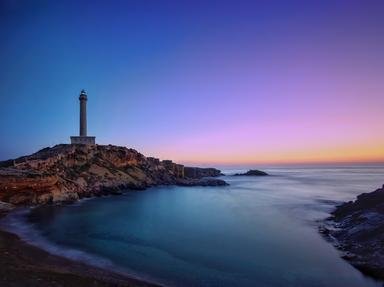Quiz Answer Key and Fun Facts
1. The home port of the Hamburg-Amerika Line was Hamburg; no surprise. What was the home port of its major rival, Norddeutscher Lloyd?
2. Founded in 1872, this short-lived line's ships included the Goethe, Herder, Klopstock, Lessing, Schiller and Wieland:
3. The "German Decade" on the North Atlantic was:
4. Most German four-funneled Atlantic liners were easily distinguishable from their British counterparts because the German four-stackers had:
5. The "Schnelldampfer" (fast steamer) Deutschland of 1900 won the Blue Riband. In 1911, she:
6. The largest ship ordered by the Hamburg-Amerika Line never made a commercial voyage under the German flag. What was her name?
7. In the years prior to World War I, Albert Ballin headed the:
8. Albert Ballin's high position in the German shipping industry was unusual, because he was:
9. As Britain and Imperial Germany drifted toward conflict, Albert Ballin:
10. At the turn of the 20th century, immigrants to the U.S. could be rejected if they appeared to be ill, "feeble-minded" or otherwise undesirable. How did some of the major German passenger lines deal with this problem?
11. The Hamburg-Amerika Line had an aggressive-sounding motto. What was it?
12. The German liner Amerika (1905) -- really, she was German -- introduced a new feature to North Atlantic travel:
13. Johannes Poppe designed interiors for some of the great Norddeutscher Lloyd liners. His "style" was sometimes called:
14. The Norddeutscher Lloyd four-stacker Kronprinzessin Caecilie once entered Bar Harbor, Maine, to the amazement of the locals. What was she doing there?
15. In 1914, on the eve of World War I, the Hamburg-Amerika Line was:
16. Early in their careers, the sisters Bremen and Europa shared a dubious distinction:
17. After World War II, Norddeutscher Lloyd re-entered the luxury North Atlantic passenger market in 1957 with the Bremen (V). This fifth Bremen was:
18. German companies operated passenger and cargo services to some unusual places. Which of the following was NOT a real shipping line:
19. True or false, and a bit more: in 2005, German passenger ships included the Deutschland, Hanseatic, Europa, Bremen - OK so far - and the Columbus. Really?
20. Austria-Hungary was not a major presence on the world shipping scene. Nevertheless, beginning in 1904, this Austro-Hungarian line began passenger service to New York:
Source: Author
ignotus
This quiz was reviewed by FunTrivia editor
bloomsby before going online.
Any errors found in FunTrivia content are routinely corrected through our feedback system.
